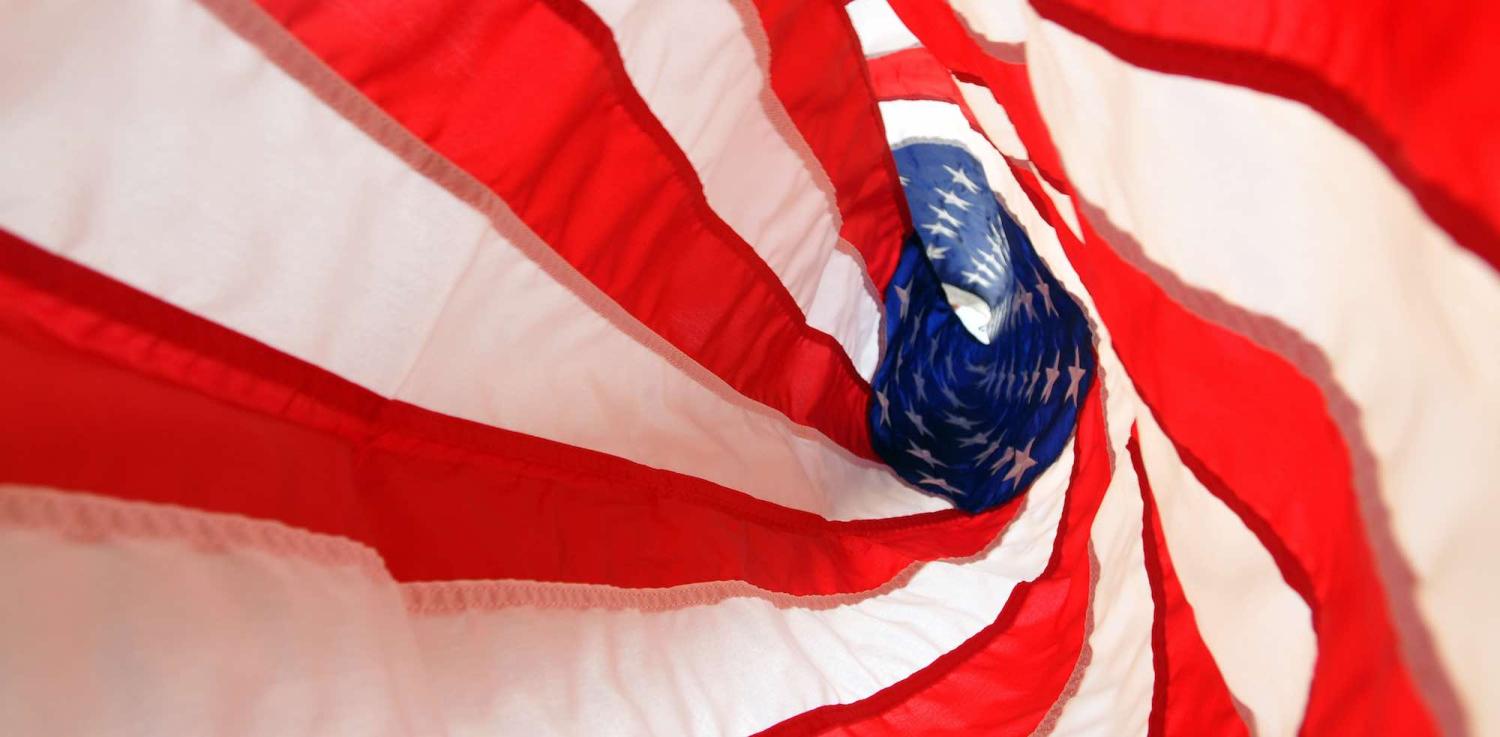Arthur Culvahouse will be the next US ambassador to Australia. At last, the “diplomatic insult” that so worried former Nationals leader, deputy prime minister and later ambassador to the Holy See Tim Fischer has been put to rest.
As the Washington Post notes, Culvahouse, a lawyer by training, served as “an aide to Tennessee Sen. Howard Baker and later counsel to President Ronald Reagan for the final two years of his administration.” He was integrally involved vetting Sarah Palin and Mike Pence as Vice Presidential nominees.
With the nomination of Culvahouse, the long hiatus for top US representation in Australia might be over, but it leaves begging the question what kind of ambassador will Culvahouse be?
US ambassadors do three things – represent US interests, advocate for the Australian-American alliance, and lead. To be successful, an ambassador must excel in at least one these and be competent in the remaining two. The career paths of each ambassador may incline them to be better in some but not all of these indicators.
US ambassadors do three things – represent US interests, advocate for the Australian-American alliance, and lead. To be successful, an ambassador must excel in at least one these and be competent in the remaining two.
Recent ambassadorial appointees to Australia fall into three broad professional categories; career diplomats, career political professionals, and campaign supporters.
Few US ambassadors to Australia have been career foreign service officers. The Clinton administration appointed Edward Perkins (1993–1996), Genta Holmes (1997–2000), and Edward Gnehm (2000–2001), all of whom had long and successful diplomatic careers. Like the other diplomats in the US embassy, they had a deep understanding of the foreign service.
Prior to the Clinton appointees, the last career diplomat to serve as ambassador to Australia was Marshall Green (1973–1975), a Richard Nixon appointee. While career diplomats know diplomacy, their ability to advocate for the Australian-American alliance in Washington beyond the confines of the State Department is limited.
James Hargrove (1976–1977), Robert D. Nesen (1981–1985), Robert McCallum Jr. (2006–2009), Jeff Bleich (2009–2013), and John Berry (2013–2016) all arrived having been political professionals. Their public service did not come through ascending the ranks while working in government but rather depended on the support and patronage of political leaders.
For example, Berry had previously served as Assistant Secretary for Policy, Management and Budget at the US Department of the Interior in the Clinton administration and later the director of the Office of Personnel Management in the first Obama administration. He brought an insider’s point of view on Washington, DC and was deeply networked, like his predecessor Bleich, in the Democratic party. With experience leading federal agencies, heading an embassy would certainly seem to be within his capacity.
Of course, not everybody with deep political connections shares Berry’s success. Hargrove’s term was notably short. McCallum did not fare so well either. During a 2007 press conference at the National Press Club in Canberra, he was asked his view on the ANZUS Treaty, to which he replied, “I don't know, I’ve never read the treaty.”
Campaign supporters make up the final group of ambassadors. This includes Tom Schieffer (2001–2005), Mel Sembler (1989–1993), Bill Lane (1985–1989), Philip H. Alston (1977–1981). They come to Canberra by backing a victorious presidential campaign.
Bill Lane had spent the majority of his professional life as a publisher and won the admiration of the senior diplomats with whom he served. Following Lane, Sembler had been active in promoting the candidacy of George H. W. Bush. Schieffer, a one-time Democratic Texas state politician, became a successful businessman. Being a Texan linked him to George W. Bush, who nominated him to serve in Australia. Following his time in Australia, he later became US ambassador to Japan. Schieffer was a strong advocate, both in the executive and legislative branches, as ambassador to Australia.
Will Culvahouse succeed as US ambassador to Australia? Much will depend upon his ability to lead the embassy, explain Trump administration policies to the broad Australian community and be an active advocate in Washington for the Australian-American alliance.

